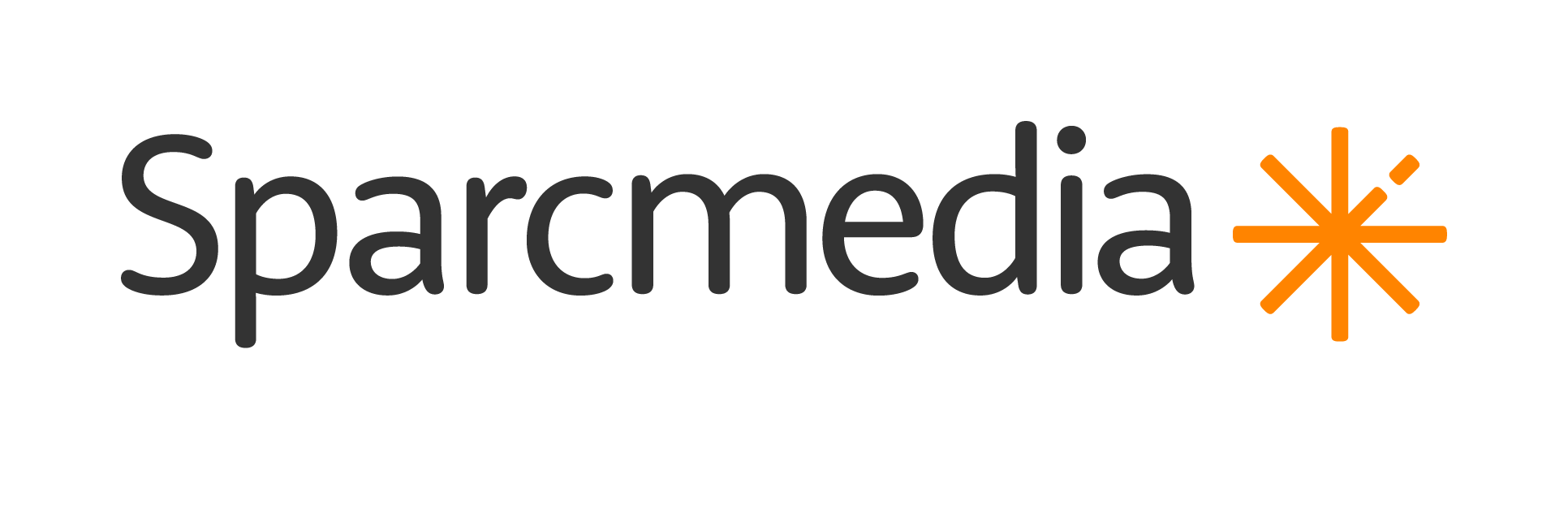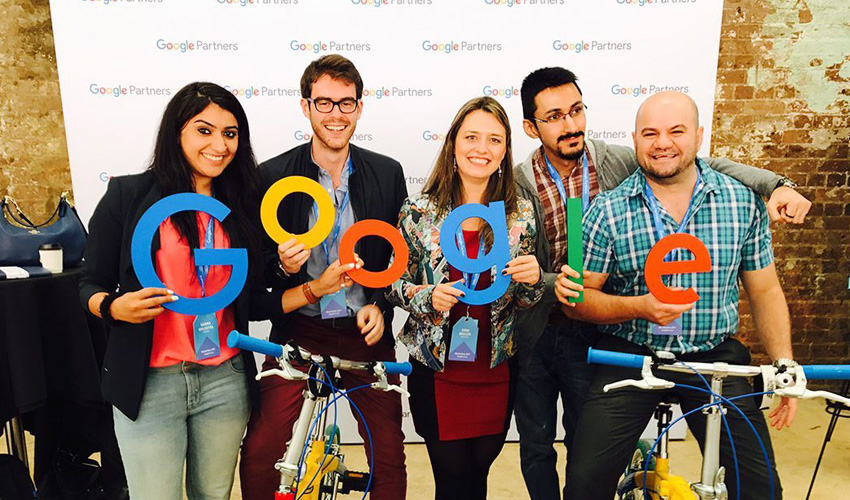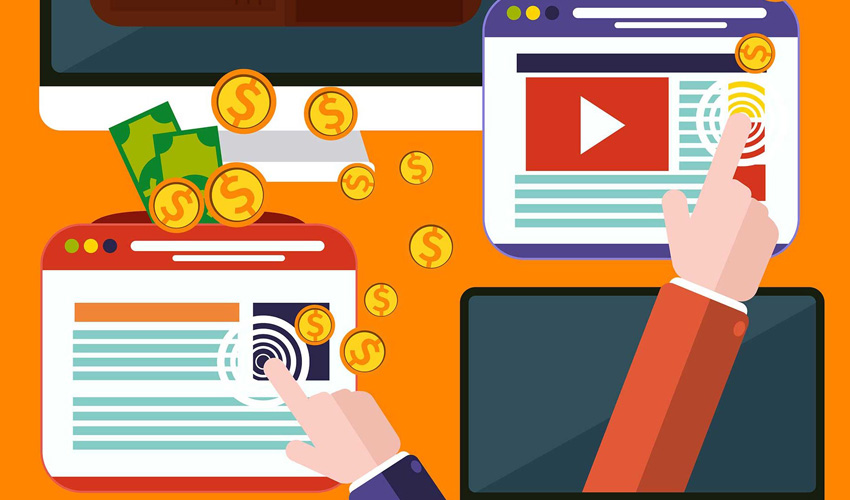
05 Mar What is Programmatic Advertising and should you use it?
Traditional digital advertising didnʼt always get the job done. In the past, digital advertising consisted of companies and businesses purchasing ad space on websites directly from dozens upon dozens of individual publishers hoping that their advertisement would reach their target audience. As technology has advanced, advertising today has become so specialised that technology can pinpoint precisely what audiences to target, dependent upon browser algorithms generated through demographic, geographic, psychographic and time-sensitive factors. With programmatic advertising, audience insights can be automatically bought and run to the right consumer with the right message, in the proper context.
How does programmatic advertising work?
Programmatic advertising can be explained merely by comparing it to digital auction sites like eBay. Similar to items bid on, bought and sold via eBay, programmatic advertising seamlessly bids on, buys and sells ad space to advertisers using acquired knowledge about the advertiserʼs target market.
The technology behind the scenes ties it all together
Programmatic advertising uses specific knowledge of the target market obtained through a Supply Side Platform (SSP) to target visitors. An SSP is an online advertising platform that publishers use to monetise programmatic ad inventory. SSP uses logic to ask questions like “Has this user searched for X particular product or service before? Have other users searched for X product or service previously? What is the predominant age range and geographic location of users searching for X product or service?
Then, the SSP programmatic inventory is sent to another ad exchange, the Demand Side Platforms (DSP). The DSP further narrows the target audience down, renders the ad to the matched criteria gathered by the SSP and appropriately sends the ad to that matched criteria. Keep in mind this data exchange happens in milliseconds. It takes 300 milliseconds to blink your eye, and programmatic advertising takes 10.
What are the benefits of programmatic advertising?
Technology has opened up limitless choices of advertising, and it has made unequivocal amounts of data accessible to help advertisers make smarter decisions with their dollars through programmatic buying.
Programmatic advertising gives marketers the ability to maintain a consistent view of how consumers interact with their messages across multiple devices and platforms. The brilliant technology behind programmatic media buying brings several other benefits that are not available through the traditional form of buying online display ads including targeted advertising, increased ROI, automation, and deep data and insights as outlined below.
Targeted advertising
Programmatic advertising automatically identifies the needs, wants, demographics and buying behaviour advertisers need to optimise efficiency, save money and get a return on their investment.
For example, take an online business selling surfboards. Programmatic advertising uncovers that the majority of visits to the surfboard website are by men ages 20-35 in the North Pacific which are browsing predominantly during lunch time and who have read Surf Magazine Online articles in the past.
With this information, the programmatic advertising would now know who to advertise to, in what geographical area, what time of day to increase the viewability of this kind of advert, perhaps on a lunch break and on the margin or banner of surf magazine online. Read our 5 Steps to optimise a digital advertising campaign.
Increased ROI and maximum capacity to save money
Instead of wasting time and money purchasing ad space on sites with the hope that your target audience will be reached, programmatic advertising will optimise the best way to promote your product or service, therefore maximising your sales.
Automated
Programmatic advertising buys across thousands of sites at a time faster than the blink of an eye, increasing optimum viewability for new or existing customers. programmatic advertising automatically bids on ad space, connects to multiple online publishers, enabling advertisers to streamline the process of buying online ads without having to liaise with every publisher individually for the advert.
Data & Insights
Programmatic advertising uses browser algorithms that track consumer influences, making it simple to reach the right audience, at the right time, in the right place. This nimble advertising strategy allows markers and sellers to see how their consumers interact with their advert messages across multiple devices and platforms, thus allowing marketers and sellers more time to spend planning sophisticated, customised campaigns as opposed to picking and choosing with publishers individually. Find out how you can use first-party data in programmatic advertising.
What are the concerns of programmatic advertising?
Despite itʼs inherent efficiency, control for advertisers and an uncanny ability to promote brand lift, programmatic advertising is not perfect. Programmatic advertising is complex and there are some concerns that require some fine-tuning as this revolutionary technology finds its place in a complex digital landscape.
Fraud and viewability
A study from the World Federation of Advertisers (WFA) found that 75% of the fraudulent viewing of ads observed in 2017 came from a computer being used by both a human and a bot. Additionally, 3.6% of ad fraud came from sourced traffic as opposed to non-sourced traffic. This is a major concern among advertisers alike because this means the potential for an advert to be viewed by a human user is lost.
To combat this issue, advertisers are advised to demand transparency from all vendors involved in the programmatic advertising process says the Trustworthy Accountability Group (TAG). Vendors and advertising agencies can also take steps to protect their advertisers from fraud by creating algorithms to further refine advert data so that bids and buys are only placed on high-quality, premium inventory.
Brand safety
Many advertisers are concerned about the issues arising with negative adjacency or unintended associations with a derogatory subject matter, images, topics, audience or conversations having a negative impact on their brand. For instance, the viral videos of extremists using hate speech and condoning violence against minority groups that are currently surfacing may display an advertisers brand on a banner at the bottom of the video. This is a huge problem for advertisers because they feel they are indirectly supporting this objectionable content. Consequentially, advertisers are pulling their ads from social media platforms, that if used correctly, could potentially generate a tremendous amount of profit for them.
To combat these issues, major players in the programmatic advertising Industry like Google are taking steps to prevent such errors from occurring by serving as a watchdog in the digital ecosystem.
Summary
When used correctly, programmatic advertising can be a very helpful tool for consumers and sellers alike. The opportunity for sellers to advertise their product or service specifically to those likely to receive the most benefit from it is an ideal situation for both parties. The development of this sophisticated, systemised technology will inevitably allow consumers more choices and help sellers generate more revenue than ever before.






















